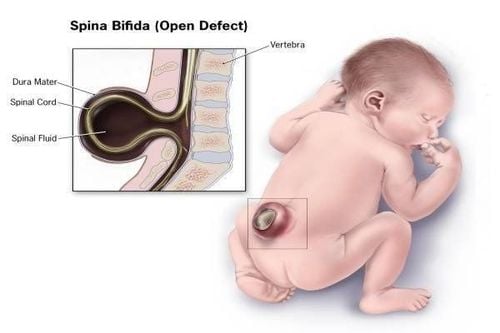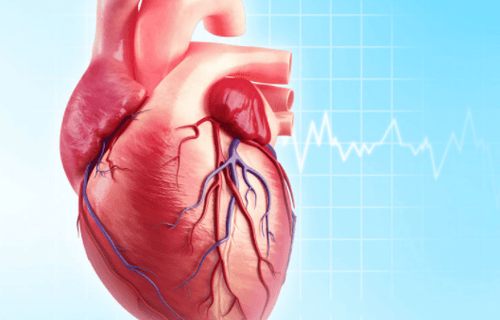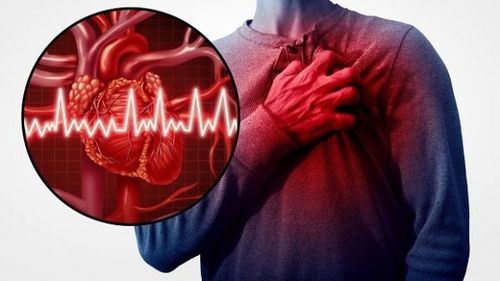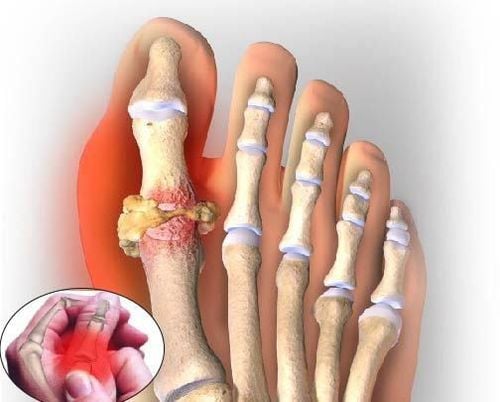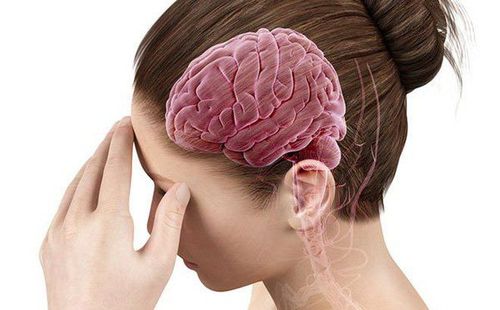This is an automatically translated article.
When the cervical spinal cord is injured, the patient will be quadriplegic along with respiratory, intestinal, nutritional disorders,... Proper spinal cord injury rehabilitation will help the patient to reintegrate enter society, have the most normal life under their circumstances.
1.What is cervical spinal cord injury?
The spinal cord is the nerve pathway that goes from the brain to the bottom along the spine and is located in the spinal canal. From the spinal cord, nerves radiate throughout the body responsible for sensation and movement. Spinal cord injury is a condition in which part of the spinal cord is damaged, affecting the corresponding part of the body that the damaged part of the spinal cord controls.
The cervical spine consists of the first 7 vertebrae, if the cervical spinal cord is injured, the patient will have quadriplegia and the body part is located below the level of injury. Injury to the cervical spinal cord will cause paralysis in a larger area of the body than in other areas. When the cervical spinal cord is injured, both arms and legs of the patient lose feeling and cannot move. In addition, the patient also has disorders of breathing, bladder, intestinal tract, nutrition, ... People with cervical spinal cord injury may lose sensation in the skin, so they may have ulcers, burns without knowing it.
There are many causes of cervical spinal cord injury such as injuries in traffic accidents, falls from high places, sports injuries,... People with spinal cord injuries will face many difficulties in life due to mobility difficulties, difficulties in self-care. Besides, accepting yourself no longer able to walk, lose all mobility, life having to rely on the care of others is not easy. Most patients are extremely scared, depressed, and frustrated. Cervical spinal cord injury rehabilitation aims to help patients reintegrate into society, have the opportunity to participate in family activities, and have the most normal life in the current situation.
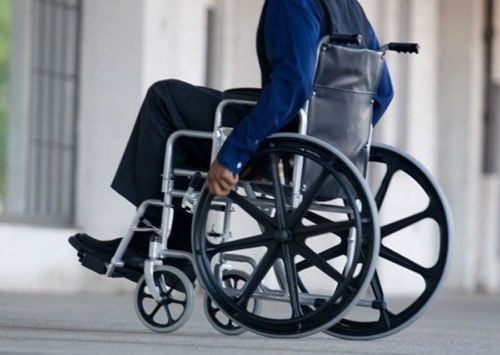
Chấn thương tủy sống cổ sẽ gây ra liệt
2. How to perform cervical spinal cord injury rehabilitation?
Rehabilitation of cervical spinal cord injury should be carried out on the principle of early, patient implementation. To best support the patient, it is necessary to coordinate with the treating doctor, therapist, psychotherapist and caregiver.
2.1. Rehabilitation methods in the acute phase of treatment Rehabilitation in the acute phase of treatment includes the following measures:
Treat the cause of the cervical spinal cord injury, consider surgery if the spine is broken or broken causing spinal cord or nerve compression. Prevention and care of pressure sores: Make sure the patient is always clean and dry, and change positions frequently to avoid pressure sores and pneumonia complications. From the time of surgery until the patient heals (about 6 weeks), the change of position for the patient must be done with great care. The back, neck, and head must be in line, not forming a broken angle. To prevent shrinkage in the first weeks after the injury, especially in the ankle and elbow joints, use pillows and cushions to keep the feet in a perpendicular position, the elbow joints are straightened, and exercise according to the range of motion of the joints. limbs. Enhance nutrition, give the patient foods rich in vitamins, iron and protein. Care of the urinary tract with urinary catheterization, prevention of infection. People with cervical spinal cord injuries are also paralyzed with part of the respiratory muscles. Care for the respiratory tract by postural drainage, combined with vibration to release phlegm. Instruct the patient in effective breathing and coughing exercises. Prevent thrombosis and thrombosis due to prolonged lying down by increasing exercise and anticoagulation.
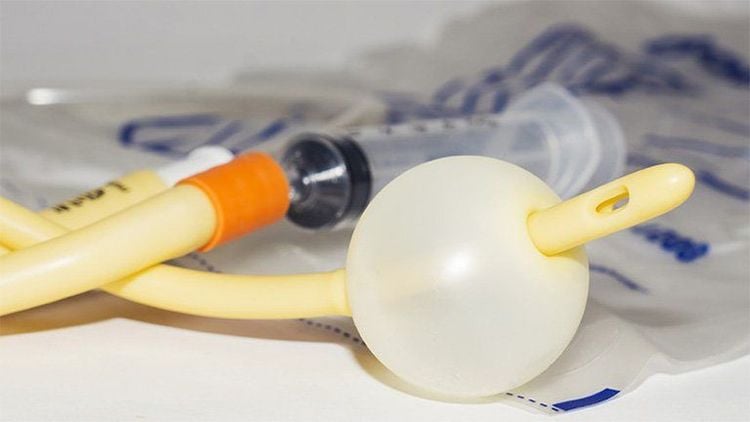
Ống thông tiểu phải được tiệt trùng, lau sạch trước khi sử dụng để tránh nhiễm trùng đường tiểu
2.2 . Cervical Spine Injury Rehabilitation in the Rehabilitation Phase Methods of cervical spinal cord injury rehabilitation during the rehabilitation phase include:
Continue to prevent pressure ulcers by using Have the patient lie on a soft mattress or a rubber mattress with thick holes. Change the patient's position every 2 hours. Keep the bed linen clean and dry, do not let the bed linen wrinkle because large wrinkles can cause ulcers. Let the patient move and do exercises to improve circulation. Check the patient's skin daily for early signs of pressure sores. Each joint of the paralyzed limb needs to be moved at least 10 times a day to prevent stiffness and contracture. Restore urinary tract function by giving the patient enough water (>2 liters/day), monitoring the quantity and color of urine daily. Injury to the spinal cord will make it difficult to urinate due to loss of urge to urinate and bladder contraction reflex. To avoid urinary tract infections when using a urinary catheter, the patient should be instructed to clean and dry the genitals. If the patient has good hand function, they will be instructed on how to insert a urinary catheter and wear a urine bag. Urinary catheters must be sterilized and cleaned before use. Have the patient do exercises to control urination. Gut care: let the patient drink enough water, eat a lot of fiber. Most people with spinal cord injury cannot push themselves to defecate, so they need to give the patient anal stimulation exercises and instructions on how to pass stool. If the patient is constipated, the caregiver needs to support the patient with enemas.
3. Physical therapy exercises for people with cervical spinal cord injury
Therapeutic exercises will be designed in accordance with the patient's injury level:
3.1. Injury level C4 The patient will be trained in facial muscles, facial movements, cheeks, eyebrows, shoulder movements, mouth muscles, and tongue movements.
Enhance the range of motion of the joints with passive exercises with the support of family members, at least 2 times a day.
Practice active upper respiratory muscle breathing, stimulate cough reflex, practice positive pressure breathing,...
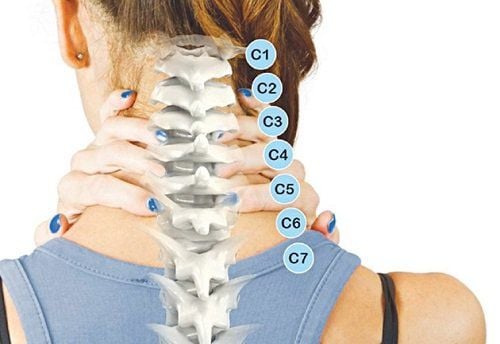
Mức tổn thương cột sống
3.2. Injury level C4-C6 In addition to exercises at the level of C4 injury, patients with C4-C6 injury can practice additional movements:
Practice standing on an incrementally inclined table to sit up and prepare for wheelchair use. . Active exercises with the help of passive wrist-holding and hand-holding movements, shoulder joint and elbow flexion,... Continue to practice active breathing and diaphragm stimulation, practice positive pressure breathing if tired. 3.3. Level of injury C7-T1 If the cervical spinal cord injury is C7 level or less, the patient can be independent in daily activities by the end of the rehabilitation period. The content of exercise in these patients includes:
Instruct the patient to do range-of-motion exercises on their own, practice a program to strengthen muscles and increase muscle mass in the upper extremities. The patient exercises the wheelchair at a distance, instructing the patient on measures to prevent falls when using the wheelchair. Have the patient use a walker to control balance and muscle tone. Orientation to sports in wheelchairs, endurance exercises. People with cervical spinal cord injury will have a lot of trouble returning to normal life. The family should encourage, sympathize, and help the patient to overcome step by step. Create an adaptive environment around the home that makes it easier for people with disabilities to move around in a wheelchair. Encourage the person to meet with other people with spinal cord injuries or join self-help groups to stay active and share life experiences.
Patients after cervical spinal cord injury can go to the Department of Rehabilitation - Vinmec International General Hospital for physical therapy and rehabilitation. The department's strengths are rehabilitation for patients after orthopedic trauma surgery, cardiac - thoracic surgery and pediatric respiratory rehabilitation.
Vinmec owns a team of doctors specialized in Rehabilitation with many years of experience and dedication to patients. The subdivisions such as: medical examination area, physical therapy area, movement therapy area, ... are spaciously designed, equipped with many modern equipments, bringing a comfortable feeling for patients to collect. get the best treatment results. At the same time, the Department of Rehabilitation is also equipped with a system of therapeutic machinery from leading countries in technology such as the Netherlands, Japan, etc., which will bring satisfaction to customers to use. services of Vinmec.
Please dial HOTLINE for more information or register for an appointment HERE. Download MyVinmec app to make appointments faster and to manage your bookings easily.





